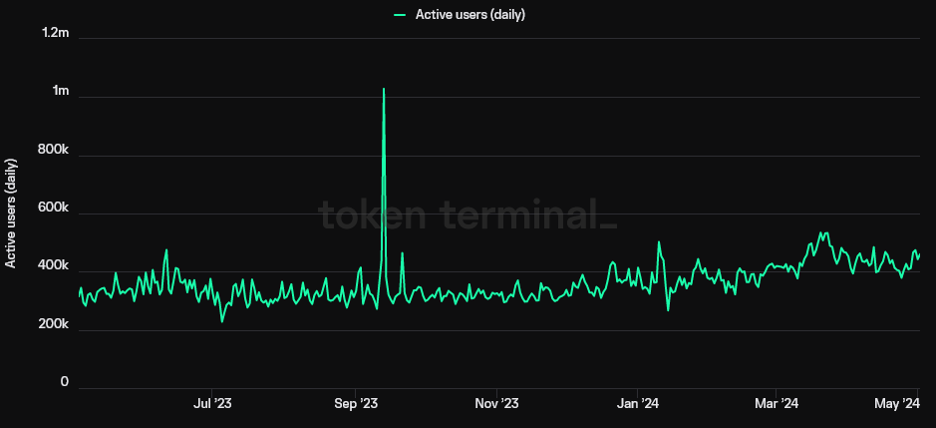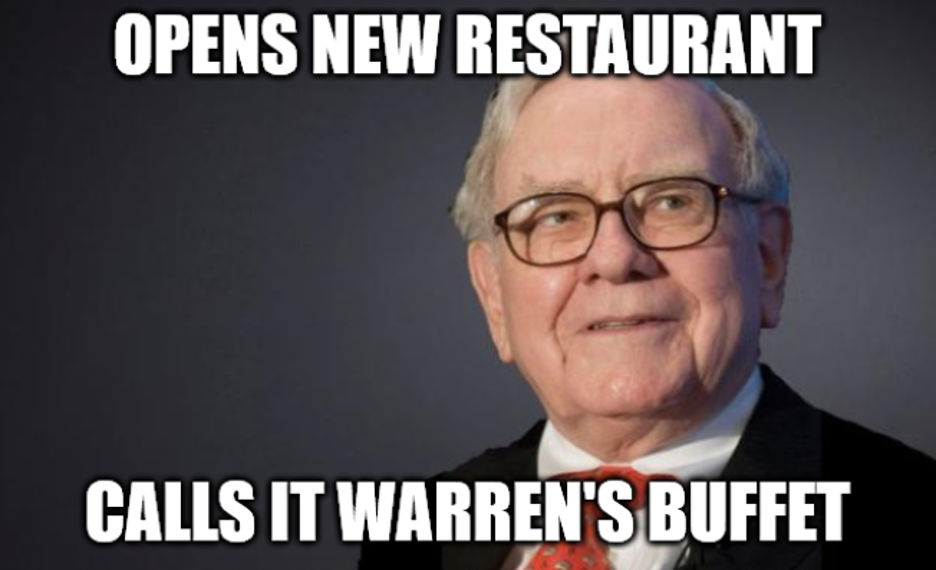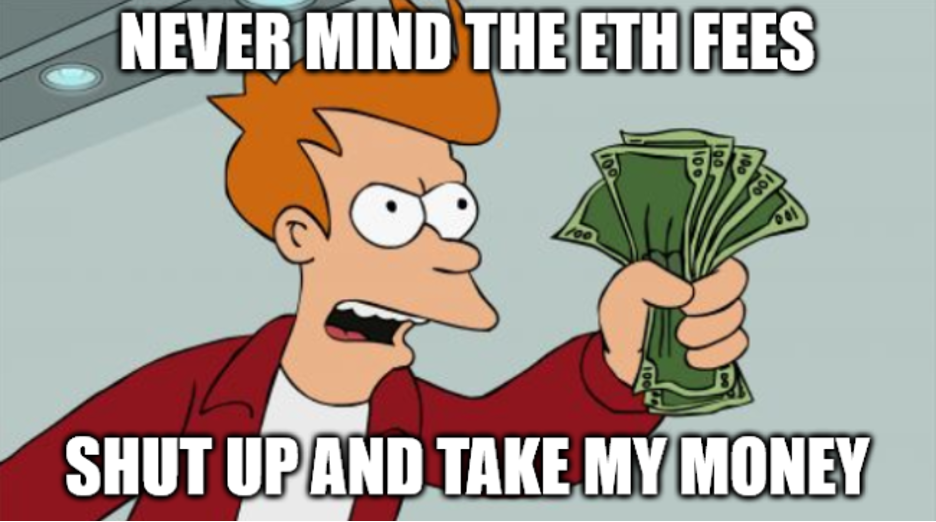
Key Takeaways
- DeFi offers high potential returns but also high risks.
- Avoid “yield farming” by constantly moving money between protocols.
- Instead, invest in the underlying tokens of protocols you believe will grow.
- Think of DeFi tokens like stock in the companies they represent.
- Invest in what you understand. Use DeFi services you’ve actually tried.
- Avoid chasing too many projects. Follow the 20-Slot Rule.
- Allocate a small slice of your portfolio (2.5%-10%) to blockchain investments, with DeFi an even smaller slice of that.
- Hold quality DeFi investments for the long term, to minimize fees and taxes.
Crypto investors are often pulled into decentralized finance (DeFi) with the promise of easy riches.
They hear about DeFi platforms offering 10,000% APYs (not an exaggeration): all you have to do is put a little bit of crypto into your digital wallet, connect your wallet to a DeFi website, and push a button.
Or, they can make even more money by stacking multiple DeFi protocols, like this:

Most DeFi investing strategies are ways of moving money around between protocols and platforms. It’s called yield farming: constantly moving your tokens around wherever they’ll get the most interest.
Reject this approach.
As an analogy, imagine you were constantly moving your money between banks, opening and closing savings accounts, chasing those with the best daily interest. You’d call it “interest farming,” and you’d be wasting your time.
Most of us just don’t have the time or the money to waste. At Bitcoin Market Journal, our philosophy is to look for long-term investments in crypto companies that will drive long-term value. So instead, look for the DeFi products that people are using, and invest in those.
In this guide, we’ll explain some simple principles for DeFi investing. Read on.
DeFi Principle 1: Invest in Protocols, Not Platforms
This is counterintuitive. In fact, it’s the opposite of everything you’ll hear about DeFi.
Think of buying DeFi tokens like buying stock in the company.
Buying the UNI token is not the same thing as buying stock in the Uniswap company (it’s crypto, so there is no Uniswap company). But even though they’re not technically stocks, we can think of them like stocks. In fact, everyone already does! (Read more on cryptos vs. companies here.)
Our approach to DeFi is to avoid yield farming altogether. Avoid “locking up” assets in protocols like Compound or Balancer. Instead, consider investing in COMP and BAL directly.
Rather than investing in the platform, we’re investing in the company.
It’s the difference between putting your money in a bank, and buying the bank.
DeFi Principle 2: Measure the Metrics
The more people that use your product, the more valuable your company.
This is especially true in crypto, where more users = more value.
Our gold standard for investing in any crypto company is Daily Active Users (DAUs). Think of this like customers of a traditional company.
With crypto companies, this value is intensified, because they’re built on blockchain, and blockchains have network effects. Like network companies (Facebook, Twitter), the more people who join a blockchain network, the more valuable the network becomes.
Unlike network companies, however, blockchain users can be seen in real time. Real-time user reporting is the crypto investor’s secret weapon. This is not like investing in Facebook, where you have to wait for quarterly earnings reports, when Facebook’s user data is already stale and old.
With blockchain projects — at least those on Ethereum, which is where most DeFi projects are built — we’ve got real-time reporting, using tools like Etherscan.io (raw data) or Token Terminal (user-friendly reports).

We’re focusing on fundamentals, which is a fundamentally different approach to DeFi. We measure the metrics, and the mother of all metrics is DAUs. (Read more about metrics here.)
DeFi Principle 3: Keep It Simple
Warren Buffett famously invests in companies that he actually understands, which is why his company often buys “boring” stocks like candy, railroads, and furniture.
The world of DeFi is complex, so try to understand before you invest. I can explain what Uniswap does: it allows you to easily change one blockchain token to another. Better yet, I’ve used the product, and I know it works. (Warren Buffett invested in Dairy Queen partly because he liked the ice cream.)

The principle of keeping it simple also applies to the number of investments you make. Again, we’re trying to move our money in the places where it can do the most good. Avoid chasing every project you think may pay off. Remember the 20-Slot Rule.
Before you invest in a crypto company, try the product. Is it easy for a normie to use and understand? Does it solve a real problem? Does it feel trustworthy and secure? If the answer is no, then stay away.
(Our Blockchain Investor Scorecard can help you answer these questions, and our Premium membership gives you 1- to 5-star ratings of all the top DeFi projects.)
KISS: Keep It Simple, Silly.
DeFi Principle 4: A Slice (of the Slice) of the Pie
Our principle is to keep crypto as a fraction of your overall investment pie: between 2.5%-10% of your total investments, depending on your risk tolerance.
In other words, the majority of your investing (90% or more) is in well-diversified stocks and bonds, and only a slice – your “mad money” – is in crypto.
DeFi is a slice of that.
Let’s say you have 10% of your overall investments in crypto. Think about your DeFi investments as 10% of that. In other words, crypto is a slice of the pie, and DeFi is a slice of that slice.
For example:
- The majority of investments (90% or more) in traditional stocks, bonds, and real estate
- 10% or less in blockchain investments
- 50% or more of your blockchain investments in BTC
- 25% or more of your blockchain investments in ETH
- The remainder in DeFi (if you choose)
If the whole DeFi market suddenly crashes and burns, you’ve only lost a maximum of 2.5% (or 25% of 10%). And if the whole crypto market crashes and burns, you’ve only lost 10% of your overall portfolio.
As with all investments, decide how much risk you can stomach: your stomach will thank you.
DeFi Principle 5: Watch for Fees and Taxes

Fees are the silent killer.
You’ll see these show up as “gas fees,” which is like a service charge for using the Ethereum network (the platform that runs most DeFi projects). If you are buying $1,000 in tokens, but paying $50 in fees, you’ve just lost 5%. Poof!
Gas fees are highest when the most people are using the network. This is a doubly bad thing: first, you’re paying more to make the same transaction; second, it’s a huge sign that you’re following the crowd.
When Ethereum gas fees are high, it’s like Uber “surge pricing” when everyone is leaving a football game: you’re paying more for the same service, because you’re competing with everyone else. You are literally following the crowd.
It’s easy to ignore fees, because many DeFi services don’t denominate your fee in dollars, they denominate in ETH. So your fee is real, but it doesn’t look real because there’s no reference to your everyday life (quick: how many eggs could you buy with .005 ETH?).
Avoid investing when there are high fees, and you avoid FOMO and FUD. And by holding for the long-term, you can avoid fees and taxes until you sell. (See more on Avoiding Fees.)
Investor Takeaway
Our approach to DeFi investing is different from the mainstream.
Focus on projects with real users. Invest in the tokens. And hold for the long term.
Long-term investing in DeFi is doing the world a great favor, as it’s helping to build a better financial system. That’s the real delight in DeFi.

